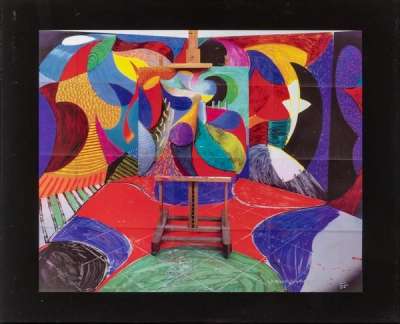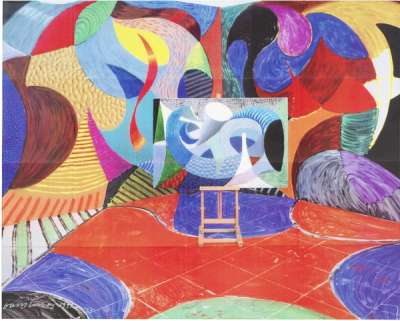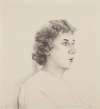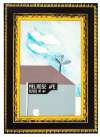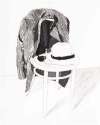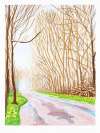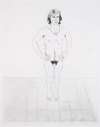Painted
Environment
In the Painted Environment print series, David Hockney makes a philosophically charged entry into the world of abstraction: a corner of the art world with which he had begun to engage in the early 1990s, as in the Some New Prints (1993) series.
David Hockney Painted Environment For sale
Painted Environment Market value
Auction Results
| Artwork | Auction Date | Auction House | Return to Seller | Hammer Price | Buyer Paid |
|---|---|---|---|---|---|
 Painted Environment II David Hockney Signed Print | 19 Sept 2024 | Phillips London | £8,500 | £10,000 | £14,000 |
 Painted Environment III David Hockney Signed Print | 21 Sept 2023 | Bonhams Skinner | £11,900 | £14,000 | £18,000 |
 Painted Environment I David Hockney Signed Print | 26 Oct 2022 | Doyle Auctioneers & Appraisers | £4,675 | £5,500 | £7,500 |
Sell Your Art
with Us
with Us
Join Our Network of Collectors. Buy, Sell and Track Demand
Meaning & Analysis
Taking inspiration from contemporaries Hodgkin and Delaunauy, Painted Environments show Hockney trialling abstraction in his work. Rather, Hockney’s many experiments with diverse artistic processes, subjects and genres are united by their being an embodiment of his persistent questioning of artistic norms and different ways of seeing.
Hockney’s Photo Collages series, for example, defies the conventions of image-making and photography, challenging the unifocal perspective of the camera. Similarly, the parodical A Hollywood Collection series comprises a number of self-referential pieces that are, in their essence, pictures about making and looking at pictures. In the Painted Environment print series, Hockney appears to combine the methodologies of these two print series, marking a philosophically charged entry into the world of abstraction: a corner of the art world with which he had begun to engage in the early 1990s, as in the Some New Prints (1993) series.
Although Hockney had taken an abstract approach to the production of some of his paintings during the ’60s and ’70s, namely Portrait Surrounded By Artistic Devices (1965) or Rubber Ring Floating In A Swimming Pool (1971), it had never been the end goal of his work. It is difficult to deem the well-known painting We Two Boys Together Clinging (1961), for example, simply an ‘abstract’ piece. Despite its use of gestural, non-representational techniques, the painting clearly conveys two figures in an embrace; similarly, the graffiti-like script which adorns the canvas is not abstraction for abstraction’s sake, but a cryptic reference to homosexuality and male kinship. In Painted Environment, however, Hockney pushes the boundaries of his disruptive artistic process further, with abstraction very much laying at the heart of each print. A continuation of his Very New Paintings series, begun in 1992, this series marks the onset of an ’abstract turn’ within Hockney’s wider œuvre; much like his stage designs for a 1992 showing of Richard Strauss’s Die Frau ohne Schatten, these works allow the viewer to ‘roam freely’ within the artwork, ‘finding his or her space’.
Taking inspiration from French artist Sofia Delaunay and British contemporary Howard Hodgkin, both famed for their use of abstraction, Painted Environment I, Painted Environment II and Painted Environment III all see Hockney place canvases resembling his Cubist-inspired series Some More New Prints (1993) on wooden easels in the centre of a room. Surrounding these paintings is a space which itself has been converted into an artwork; the grouting of a tiled floor transforms our impression of a studio space into an isometric grid pattern; whilst two archival boards – each adorned with brightly-coloured, geometric patterns and textures – further stage the image within an optical illusion that obfuscates the boundaries between surfaces and the otherwise two-dimensional forms depicted. Compounding this multi-layered and deconstructive approach to space, Hockney captures these scenes with photography before reassembling printed copies of these photographs in another grid pattern.
